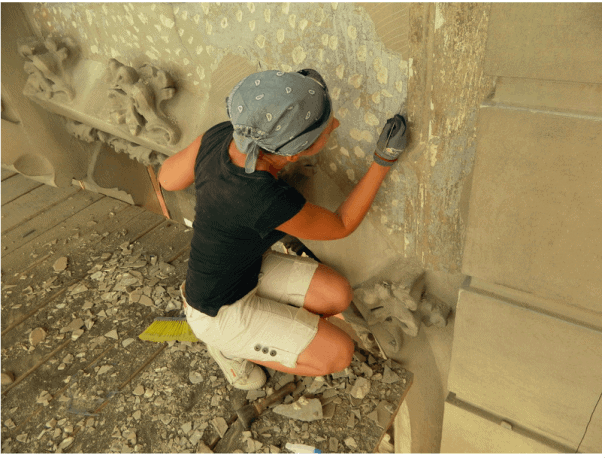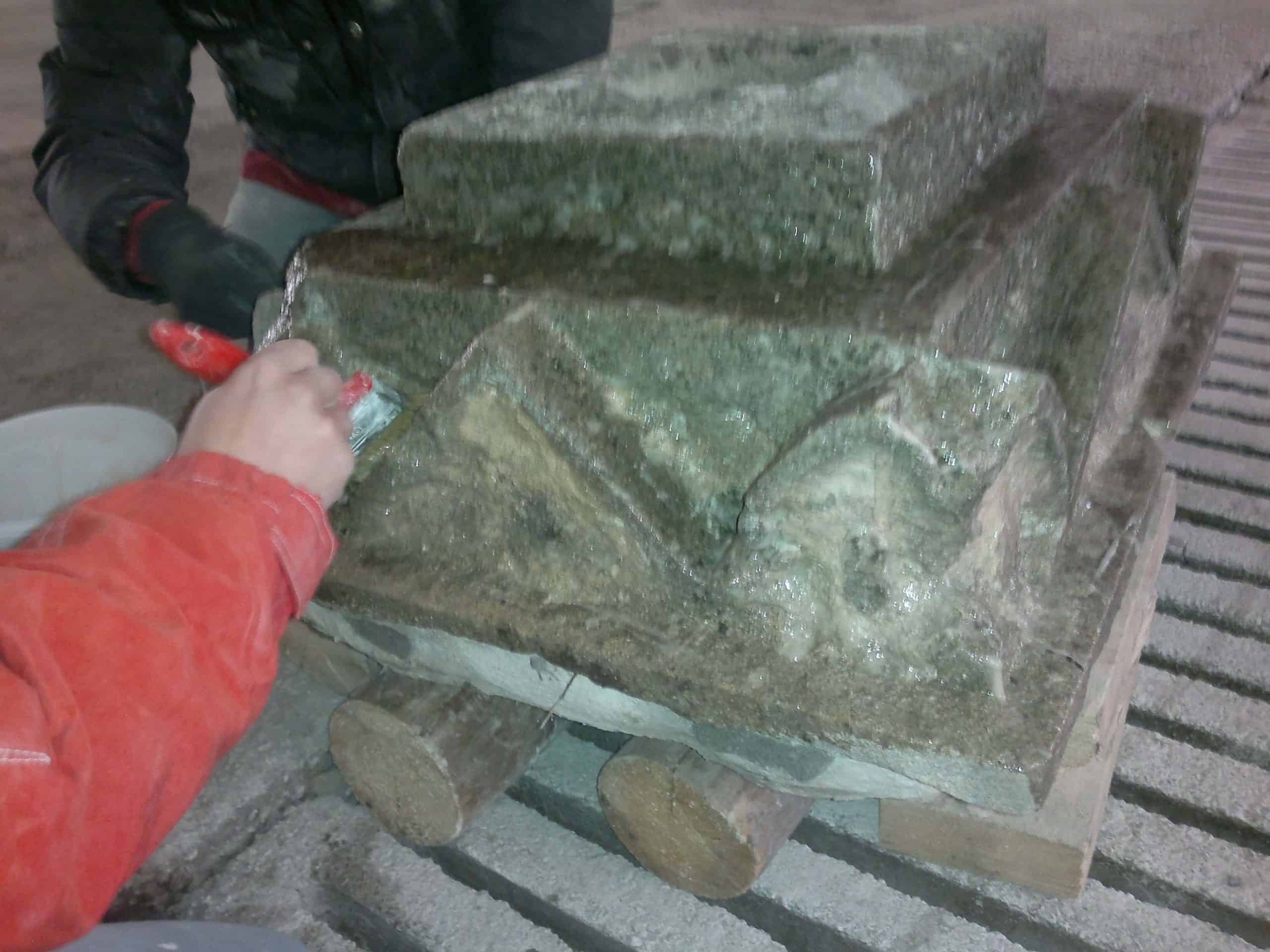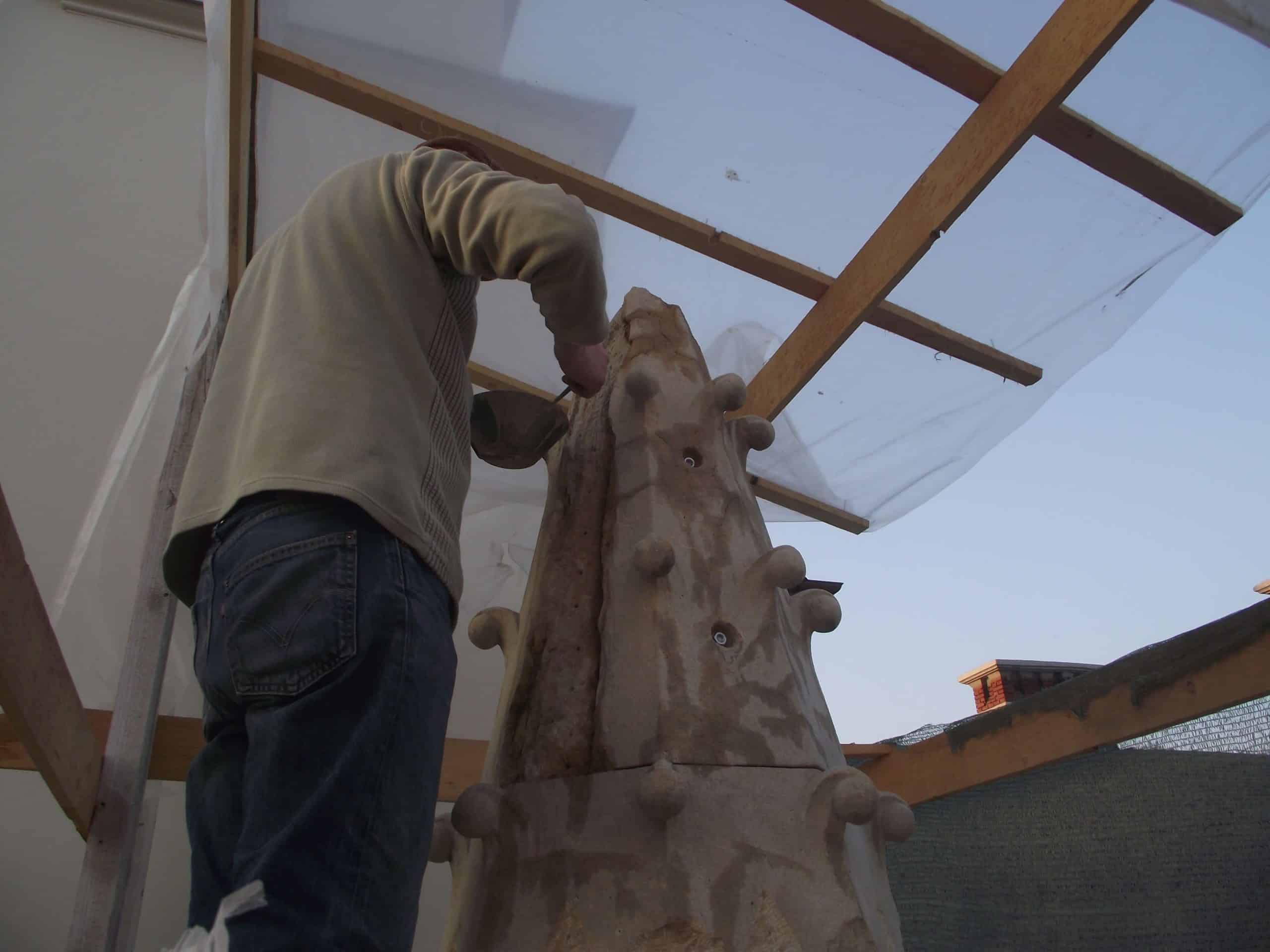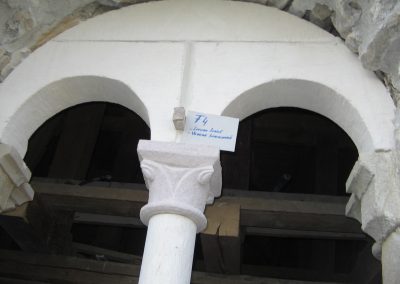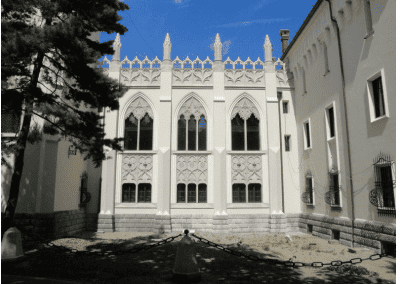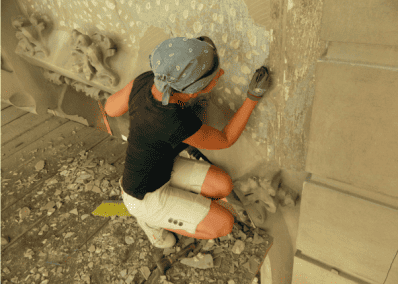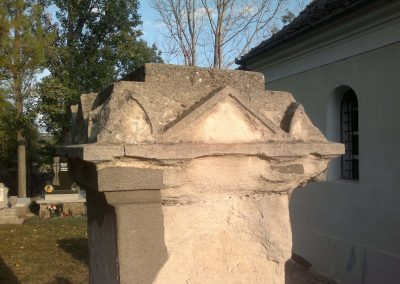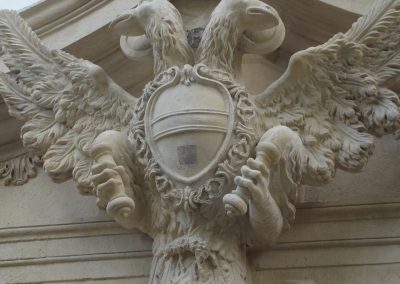Restoration of historical sites
Restoration Services: Methods and Impacts
Historical sites are irreplaceable treasures that preserve the memories and stories of our past. They provide a tangible connection to bygone eras and serve as a window into our cultural heritage. However, the passage of time and numerous external factors frequently result in the deterioration of historical sites.
For the purpose of ensuring their preservation for future generations, restoration becomes an essential endeavour. In the following sections, we will examine the methods of restoring historical sites, consider their ramifications, and analyse the pros and cons of restoration services.
Restoring historical sites necessitates a delicate equilibrium between preserving the site’s authenticity and ensuring its stability and usability. Depending on the character and condition of the site, various methods are employed in the restoration process. Here are some frequent strategies:
- The purpose of conservation is to preserve the existing structure and materials. This technique entails stabilising the site, preventing further deterioration, and instituting safeguards against natural elements such as weathering, erosion and pollution.
- When a historically significant site has been severely damaged or obliterated, reconstruction may be required. This method involves recreating the structure using historical evidence, such as architectural plans, photographs, and historical accounts. The objective of reconstruction is to replicate the original design and appearance as faithfully as feasible.
- In certain instances, historical sites are repurposed for contemporary use while retaining their historical significance.
Adaptive reuse entails incorporating modern functions into an existing structure, thereby enabling it to serve a practical purpose without compromising its historical significance.
Restoring historical sites has significant ramifications that extend well beyond physical reconstruction. These consequences include:
- Restoration contributes to the preservation of cultural heritage by preserving historical sites. It fosters a sense of identity, pride, and collective memory, allowing future generations to learn from and appreciate their rich heritage.
- Tourism and Economic Development: Restored historical sites frequently attract visitors, creating economic opportunities for the surrounding communities. Tourism can stimulate local businesses, generate new employment, and contribute to the economic expansion of a region.
- Educational and Research Value: Well-restored historical sites offer valuable educational resources and opportunities for research. They function as living museums, allowing academicians, archaeologists, and historians to study and comprehend the past more thoroughly.
Restoration of historical sites
Pros and Cons of Restoring Historical Sites
Pros
- Preservation of Authenticity: Restoration can revive a site’s original attractiveness and historical significance, enabling visitors to experience the site as it was originally intended.
- Investing in the revitalisation of a historical site will result in an increase in its market value.\
- Education and Development: Learning about historical buildings and monuments in the context of a broader social, cultural, or economic setting is a valuable inheritance for future generations.
- By restoring deteriorated elements, restoration safeguards historical sites against further deterioration by assuring their structural stability and safety.
- Traditional skills such as stonemasonry, carpentry, blacksmithing, and brick building, among others, are maintained and handed down within the field of restoration.
- Tourism and Cultural Promotion: Restored historical sites attract tourists from around the globe, generating tourism revenue and promoting the local culture and heritage.
Cons
- Loss of Authentic Materials: Restoration processes may necessitate the replacement or use of new materials that may not match the original, which may result in a loss of authenticity.
- Interpretation Difficulties: Restoration necessitates subjective and interpretable decisions regarding the site’s original appearance, resulting in controversies and debates.
- Financial Constraints: Restoration projects can be costly, necessitating significant investment and continuous maintenance, which can strain limited funds.
The restoration of historical sites is a multifaceted endeavour that must strike a balance between the preservation of authenticity and the need for structural integrity and usability. These locations can be revitalised through conservation, reconstruction, and adaptive reuse, thereby preserving our cultural heritage. While restoration provides advantages such as cultural preservation and economic growth, it also presents obstacles such as concerns regarding authenticity and financial constraints. It is essential to strike a balance between restoration efforts and the preservation of historical sites.
In conclusion, the restoration of historical sites is a comprehensive process that necessitates cautious consideration of numerous factors. These sites can be restored to their former grandeur through techniques such as conservation, reconstruction, and adaptive re-use. The significance of restoration services includes the preservation of cultural heritage, tourism and economic growth, and educational value. However, restoration initiatives are not without pros and cons. Despite the fact that restoration preserves authenticity and guarantees structural stability, obstacles such as the loss of authentic materials, interpretation debates, and budgetary constraints must be considered.
Multiple stakeholders, including historians, architects, local communities, and relevant authorities, must be involved in decision-making processes in order to strike a balance. Their expertise and diverse perspectives can assist in addressing challenges and ensuring that restoration efforts preserve the sites’ integrity and historical significance. In addition, conducting exhaustive research and employing cutting-edge technologies can aid in making well-informed decisions and implementing precise restoration techniques.
In the end, restoring historical sites is a worthwhile endeavour because it allows us to connect with the past, commemorate our cultural heritage, and promote sustainable tourism. By carefully navigating the complexities involved and adopting a collaborative approach, we can restore and preserve these irreplaceable treasures for future generations.



